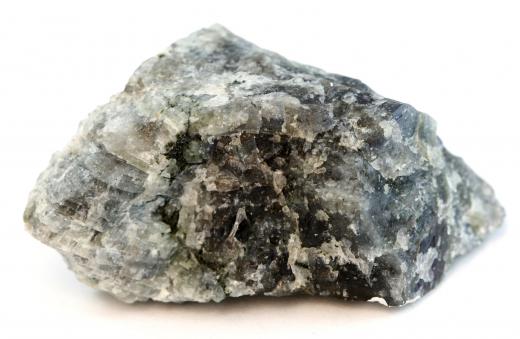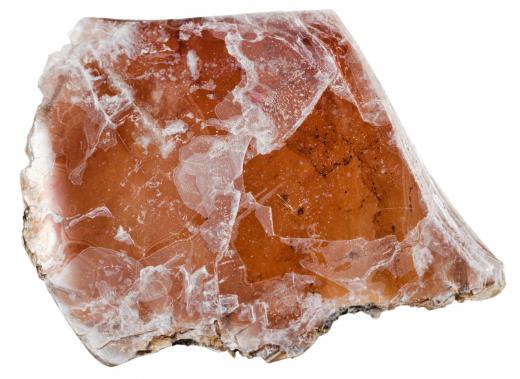Raw materials for ceramics span a fairly broad range due to the fact that ceramics themselves are a diverse group of materials. Generally, ceramics share the physical properties of being crystalline in structure and acting as heat and electrical insulating materials, and these properties are derived from several major elements in nature. Earthenware, pottery, and bricks contain the raw materials for ceramics in the form of crystalline metals like aluminum mixed with silicate compounds like quartz, feldspar, and mica, which are composed largely of silicon dioxide. These types of raw materials are generally referred to as clay, constituting over 90% of the mineral compounds on the surface of the Earth that form into rocks.
Making insulators for high temperatures and advanced electronics applications, however, can include raw materials for ceramics such as carbon, nitrogen, and sulfur. Advanced research into superconductors is also based upon the raw materials for ceramics compounds because ceramics tend to switch from natural insulating properties to superconducting properties at very low temperatures. Common superconducting ceramics are based on copper-oxide compounds, but many rare-Earth metals like niobium and yttrium are also used. These metals along with silicates are often alloyed together in manufacturing ceramics such as with yttrium, aluminum, and garnet as a silicate compound. One recent discovery as of 2002 of a unique superconducting ceramic was a compound of plutonium, cobalt, and gallium, or PuCoGa5.

Manufacturing ceramics usually involves a four-step process where a powder that comprises the metals, silicates, or other compounds like carbon and sulfur is compressed into a solid under intense pressure and then machined into a desired shape. Making ceramics then involves firing the product at a temperature between 2,850° to 3,100° Fahrenheit (1,570° to 1,704° Celsius) for anywhere from 12 to 120 hours. During this process, the ceramic part's volume compresses by approximately 20%, which facilitates a final step afterward of machining the part with a diamond-tipped tool or other precise equipment to make it fit to desired tolerances and specifications.

The ceramics business spans a broad area of commercial interest from widespread use as pottery and decorative porcelain cooking vessels and artwork to the production of ceramic knife blades, building materials like pipe and flooring, and high-temperature coatings for turbojet engine blades. Even dental replacements like tooth bridges are made from ceramics. Since each of these products have very unique tolerances, appearance, and structural requirements, the raw materials for ceramics can come from a long and complex list of ingredients.
